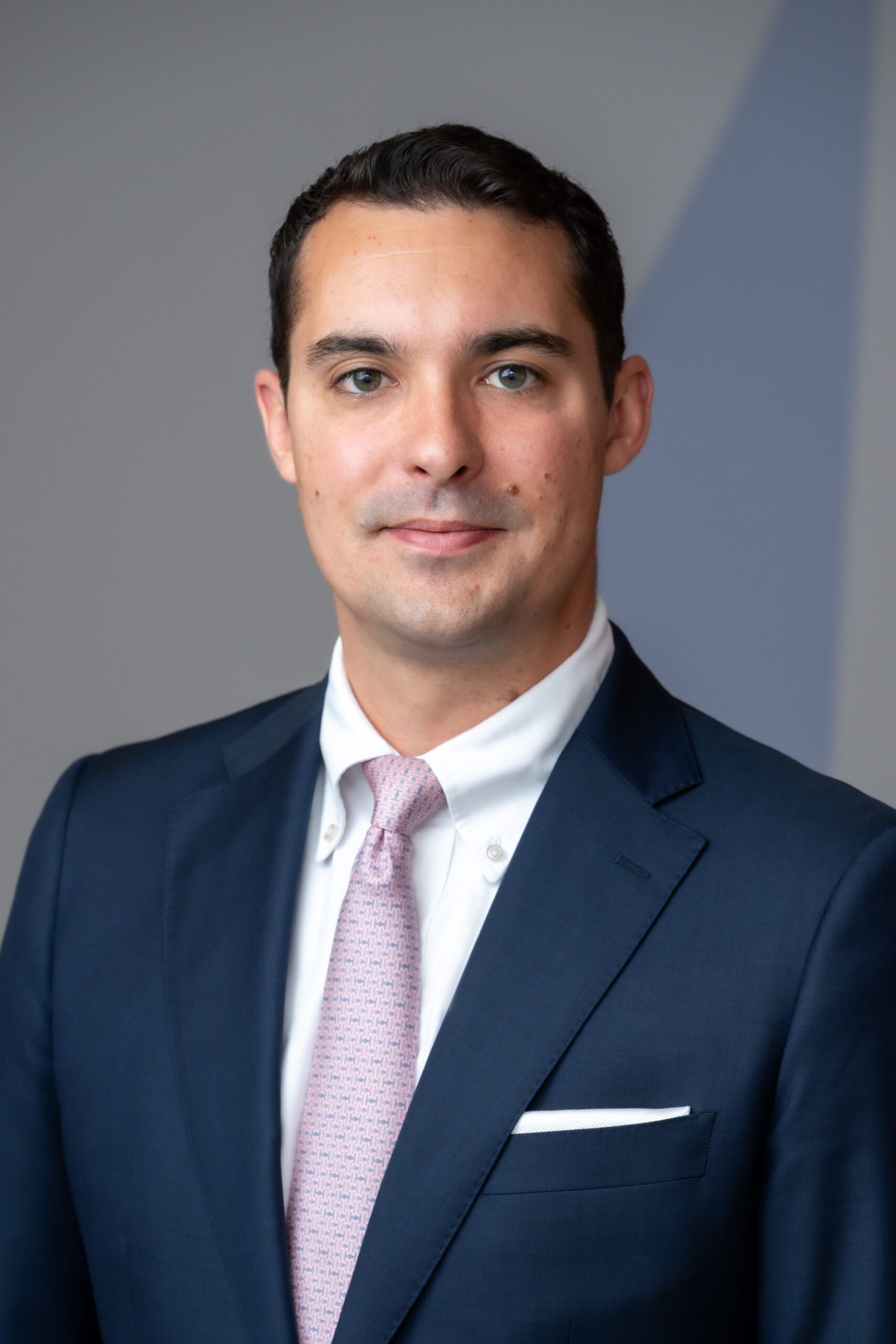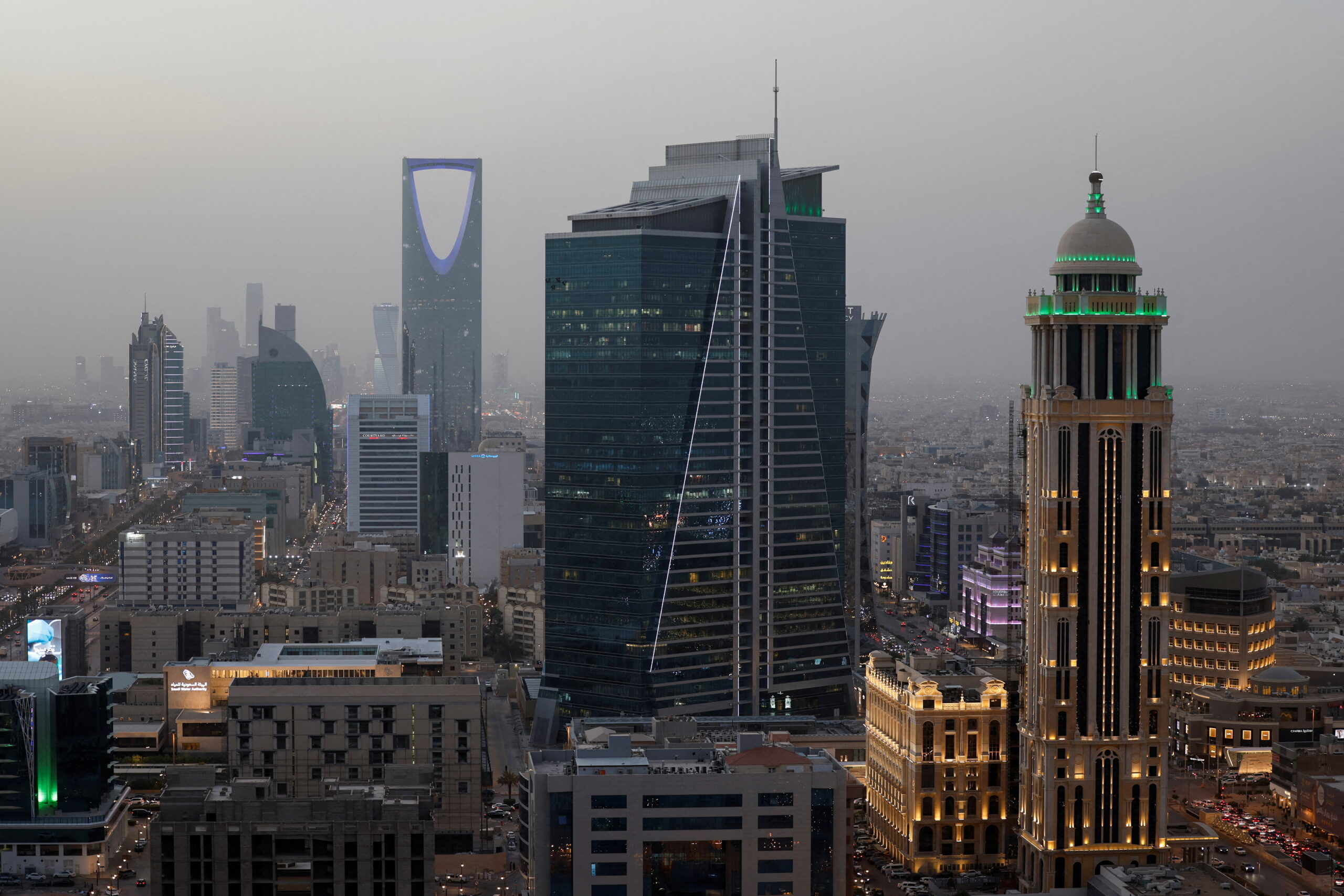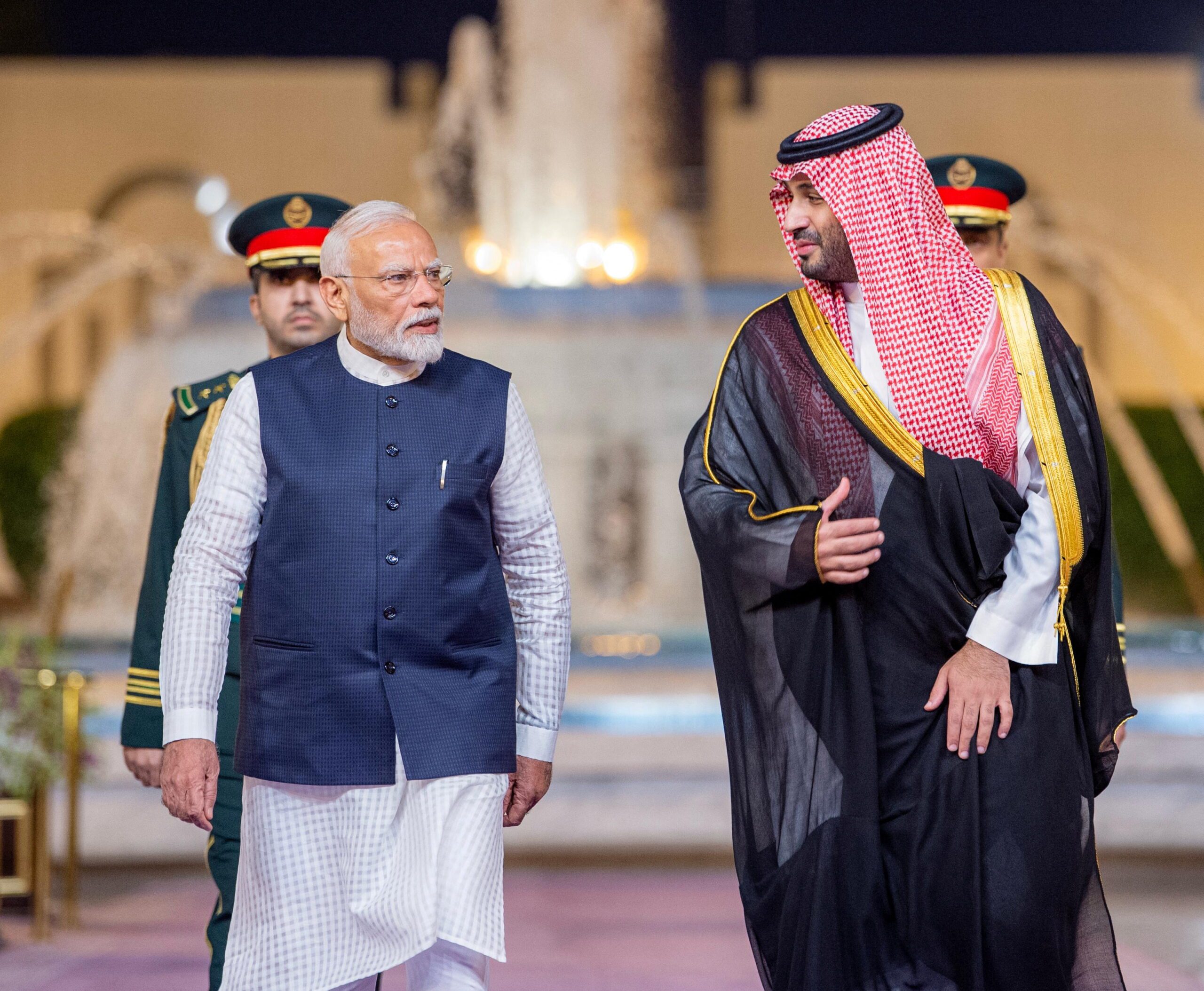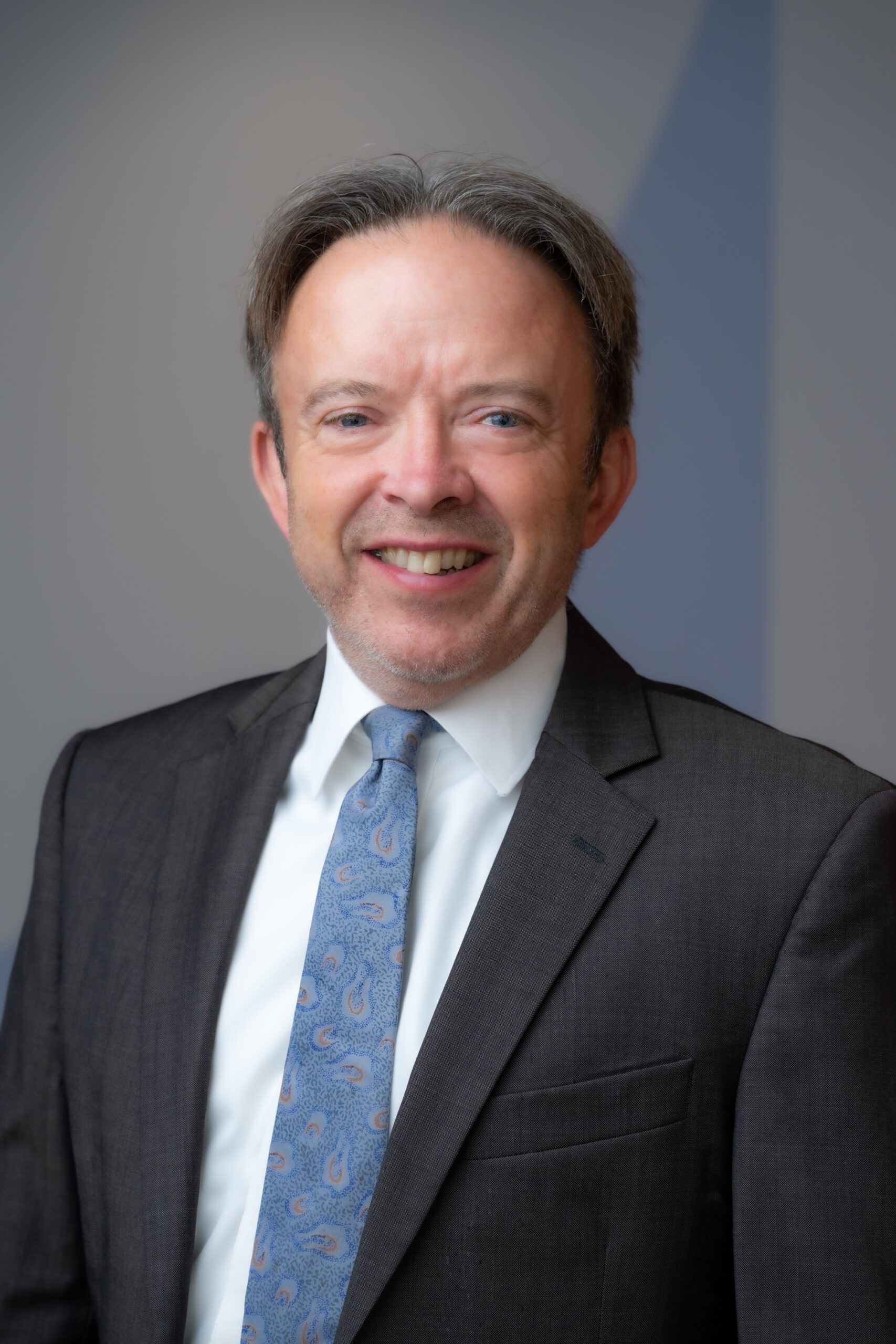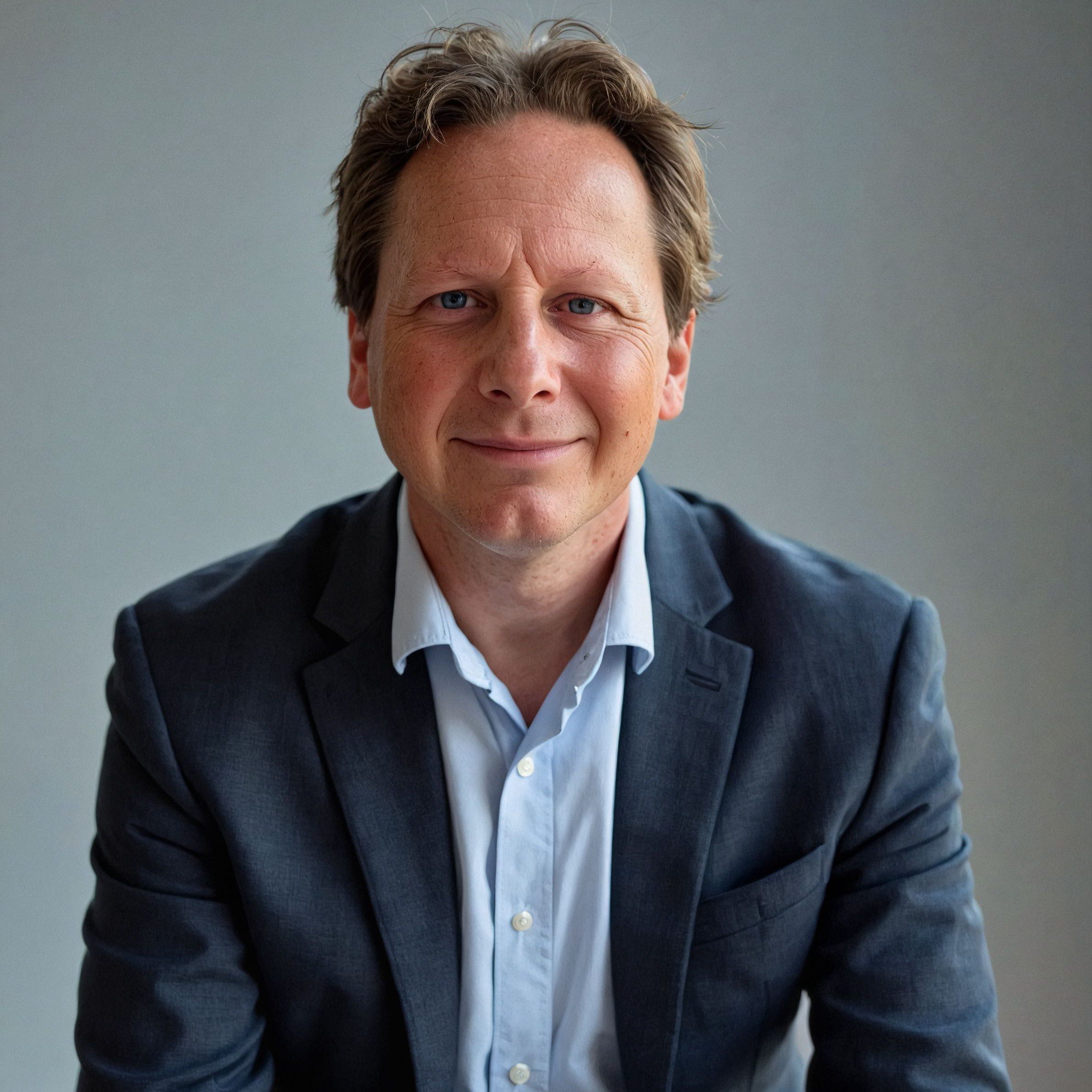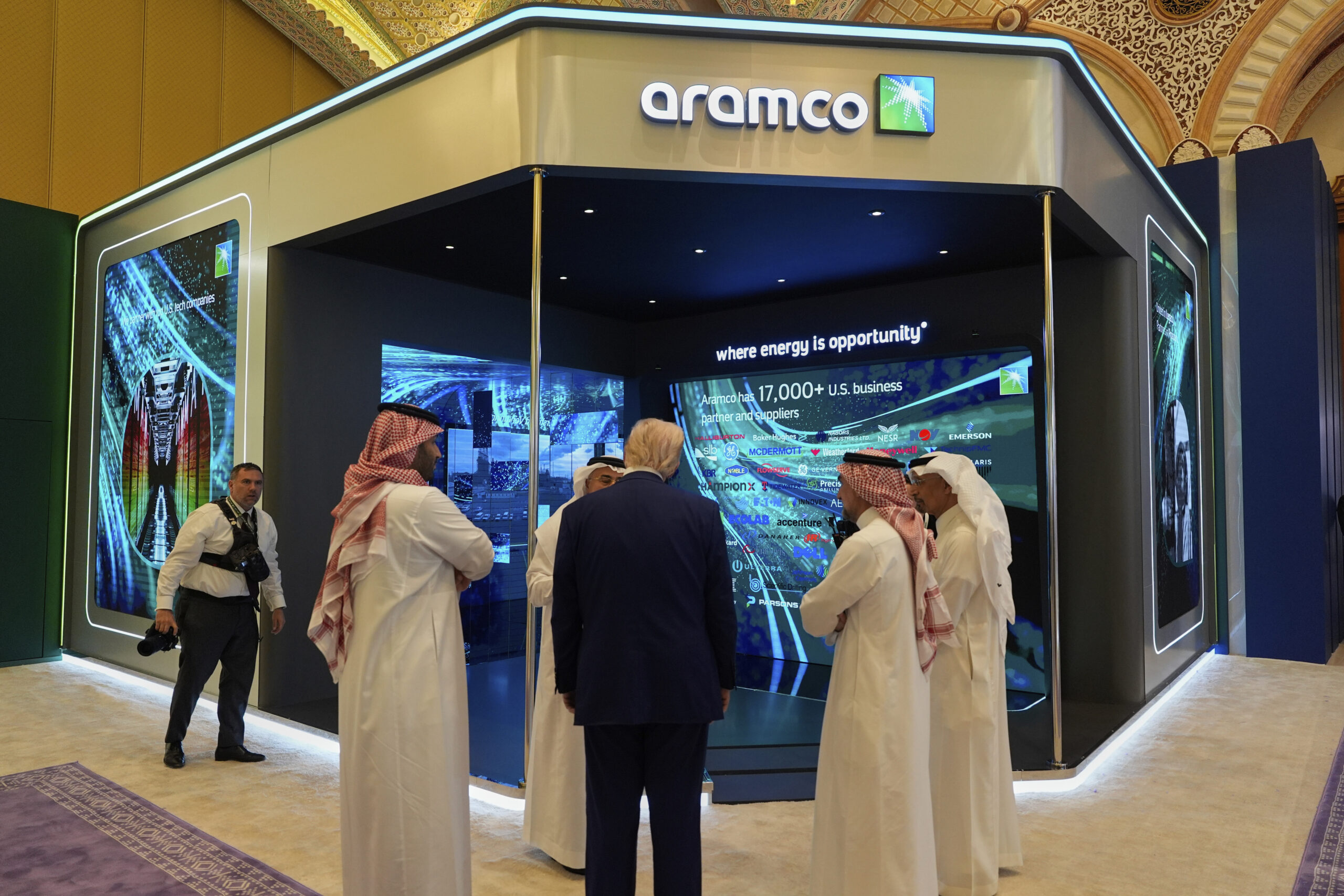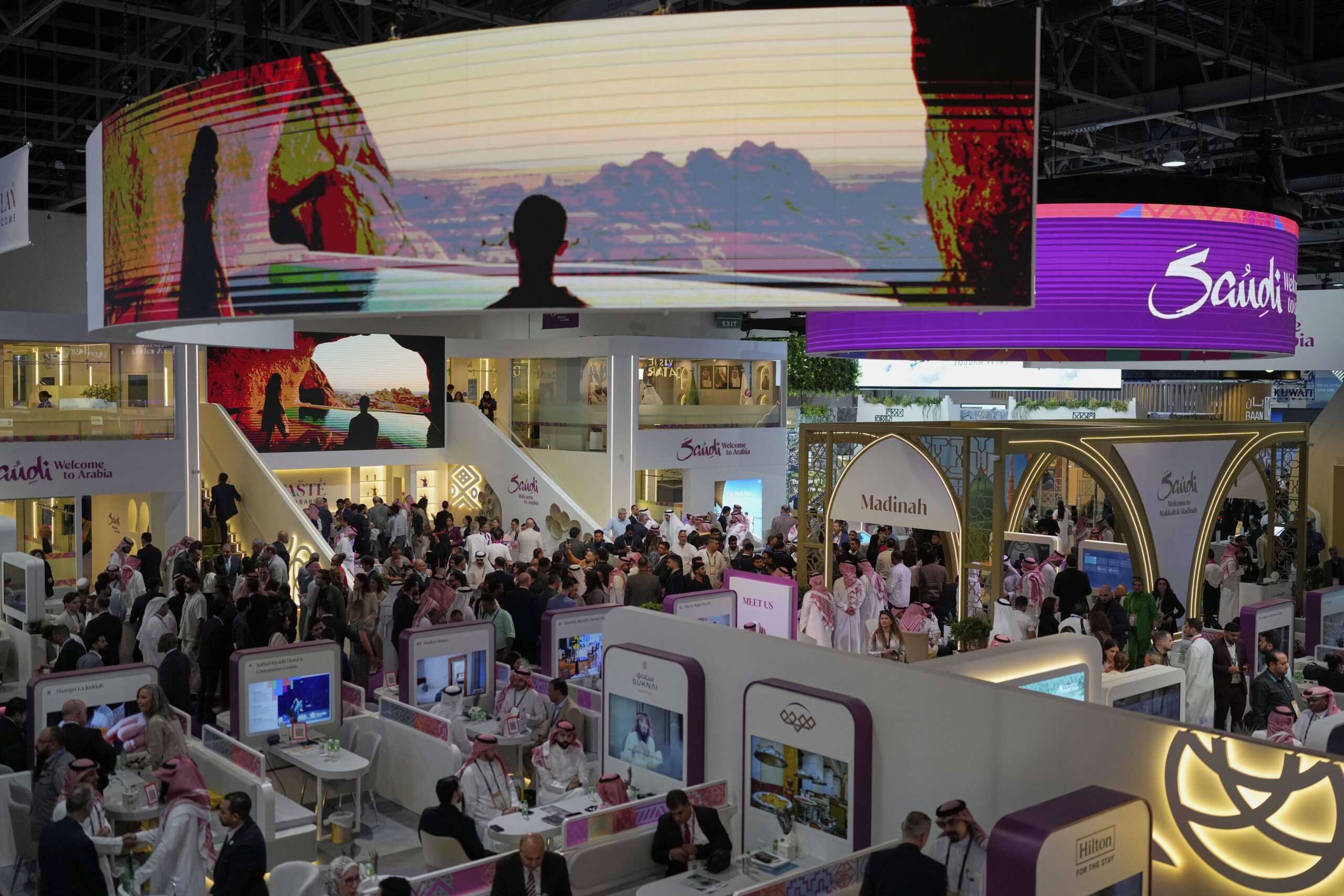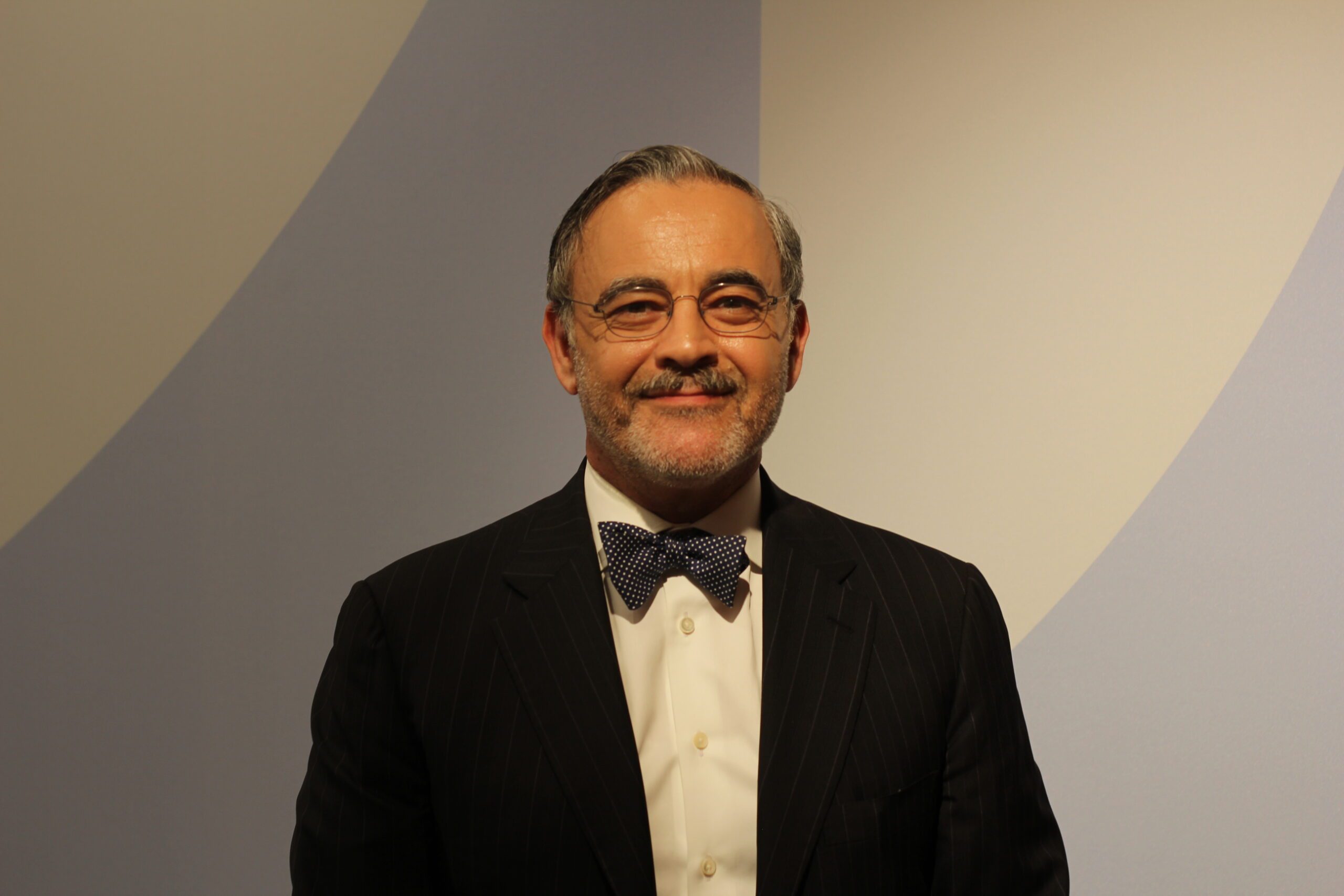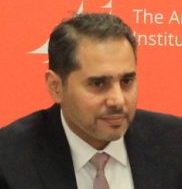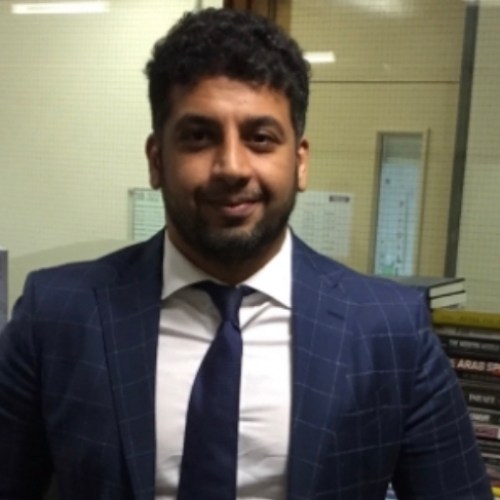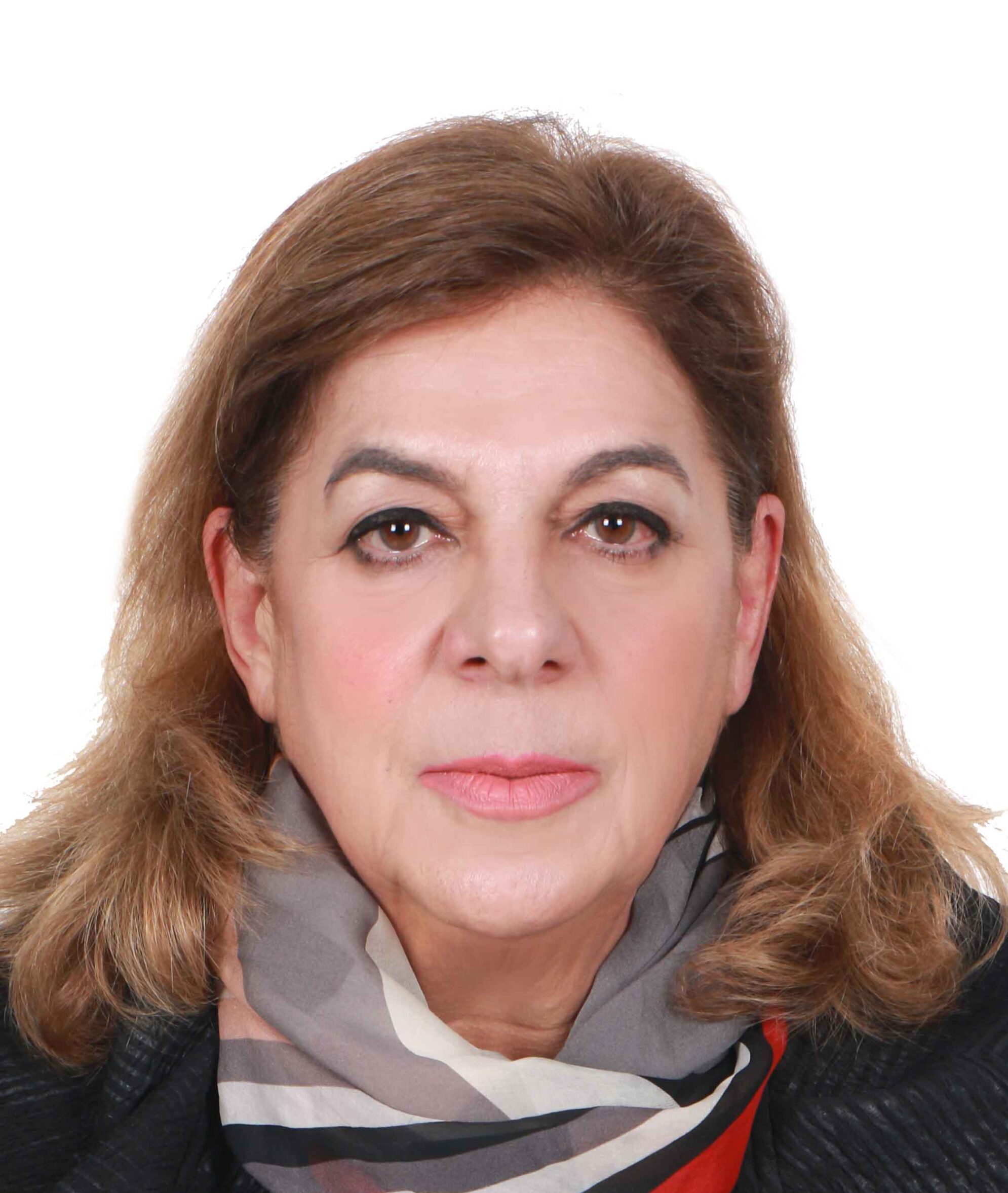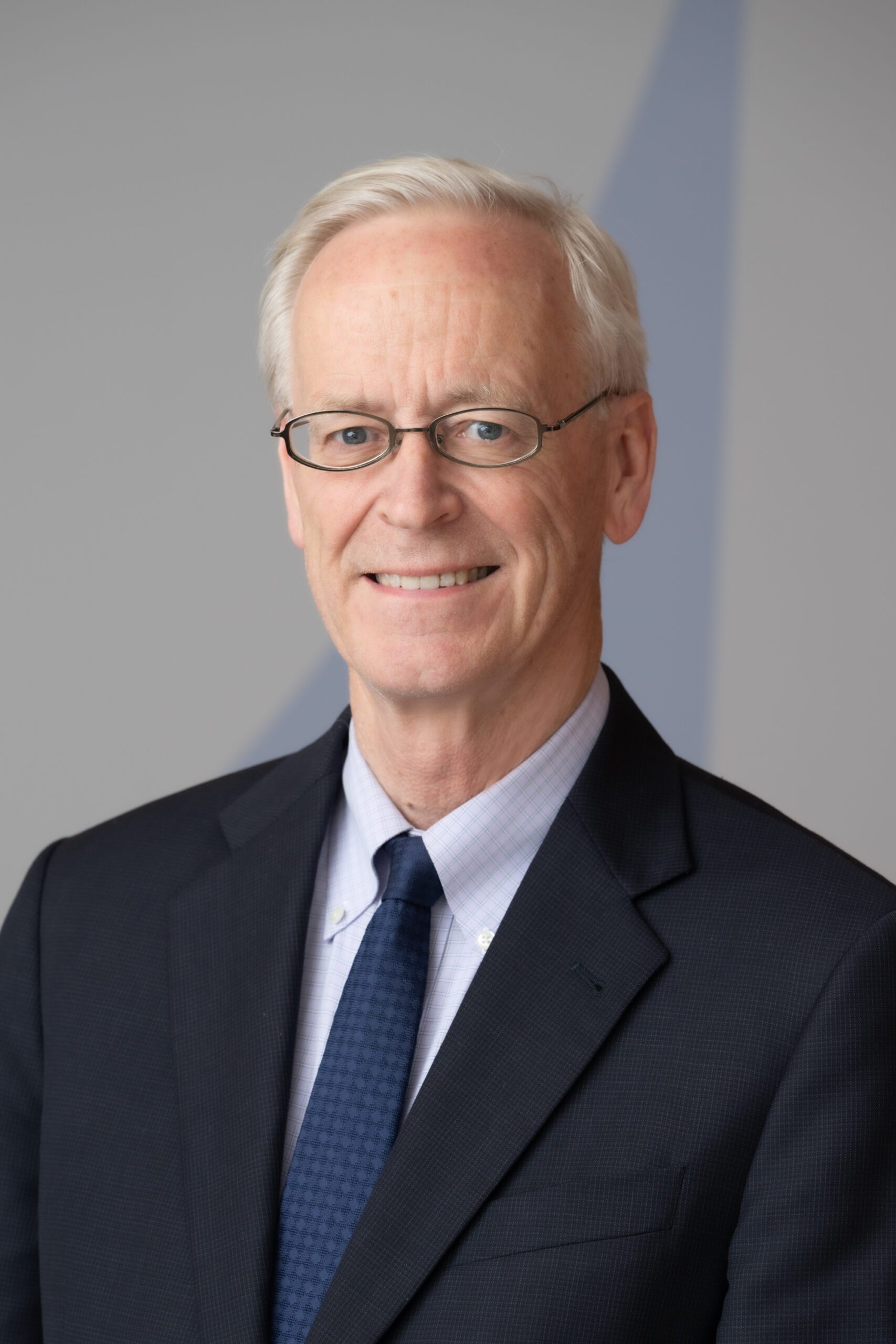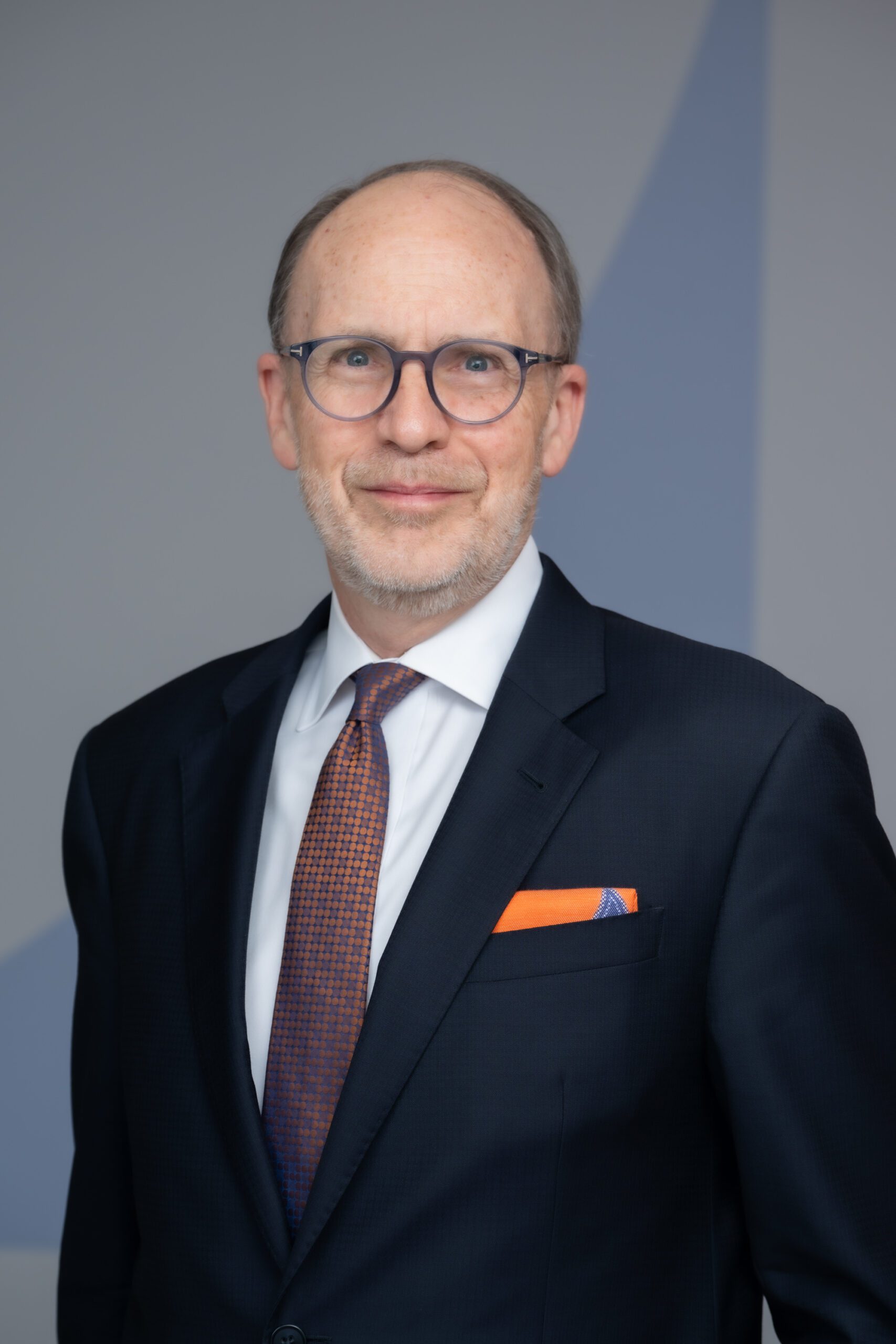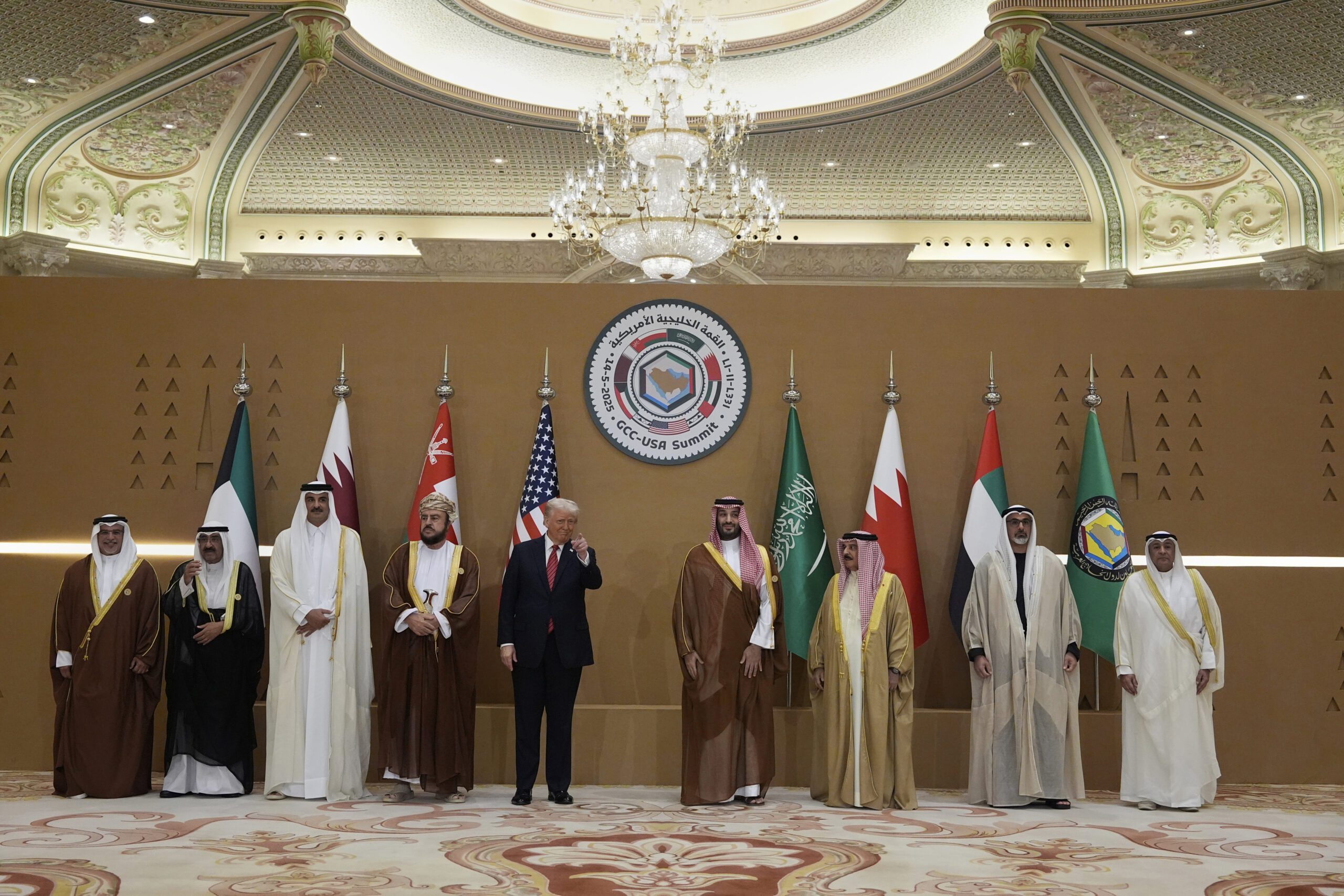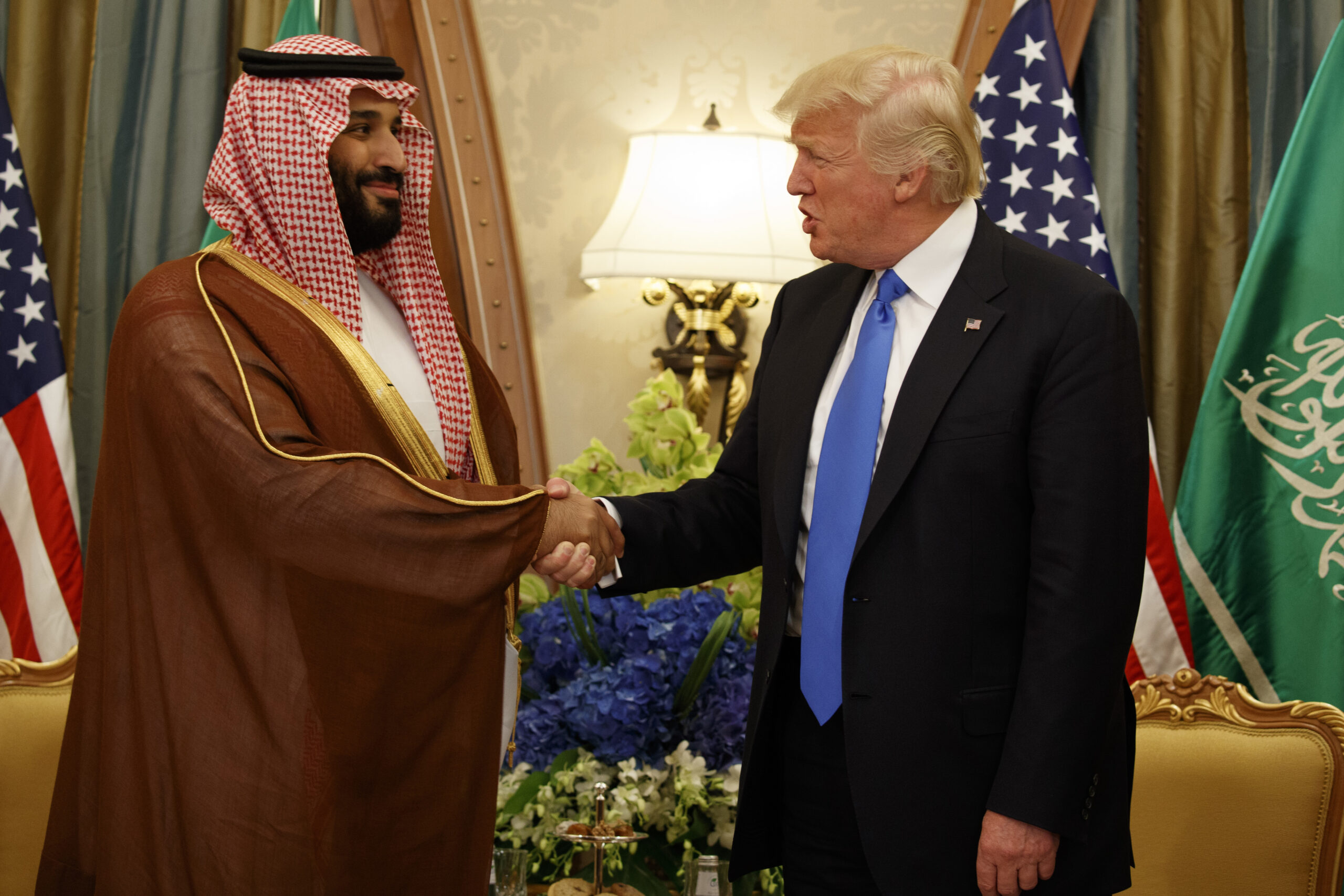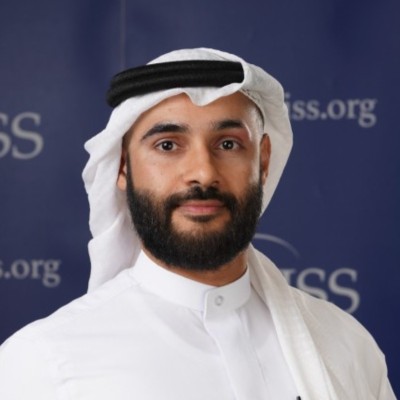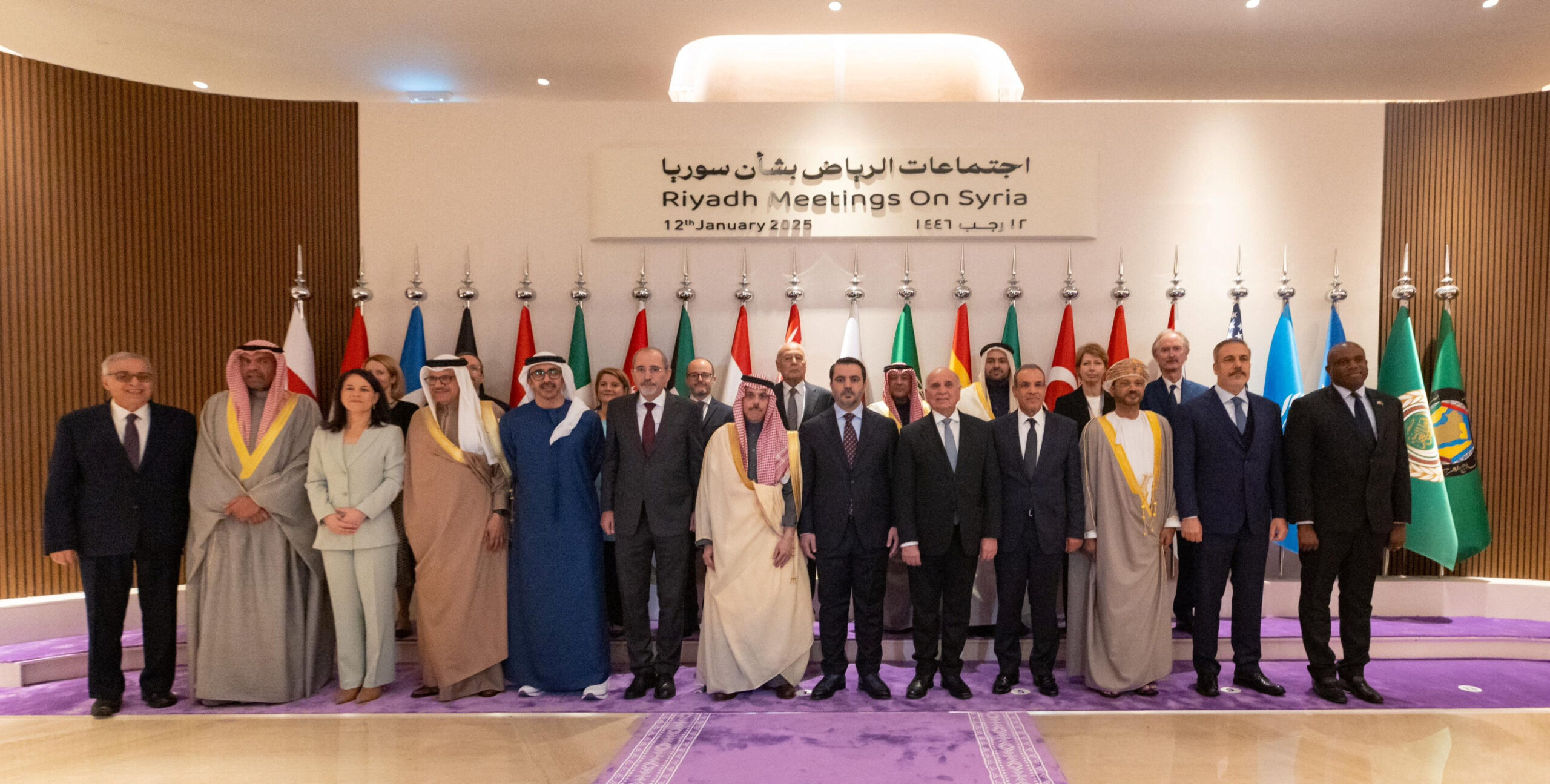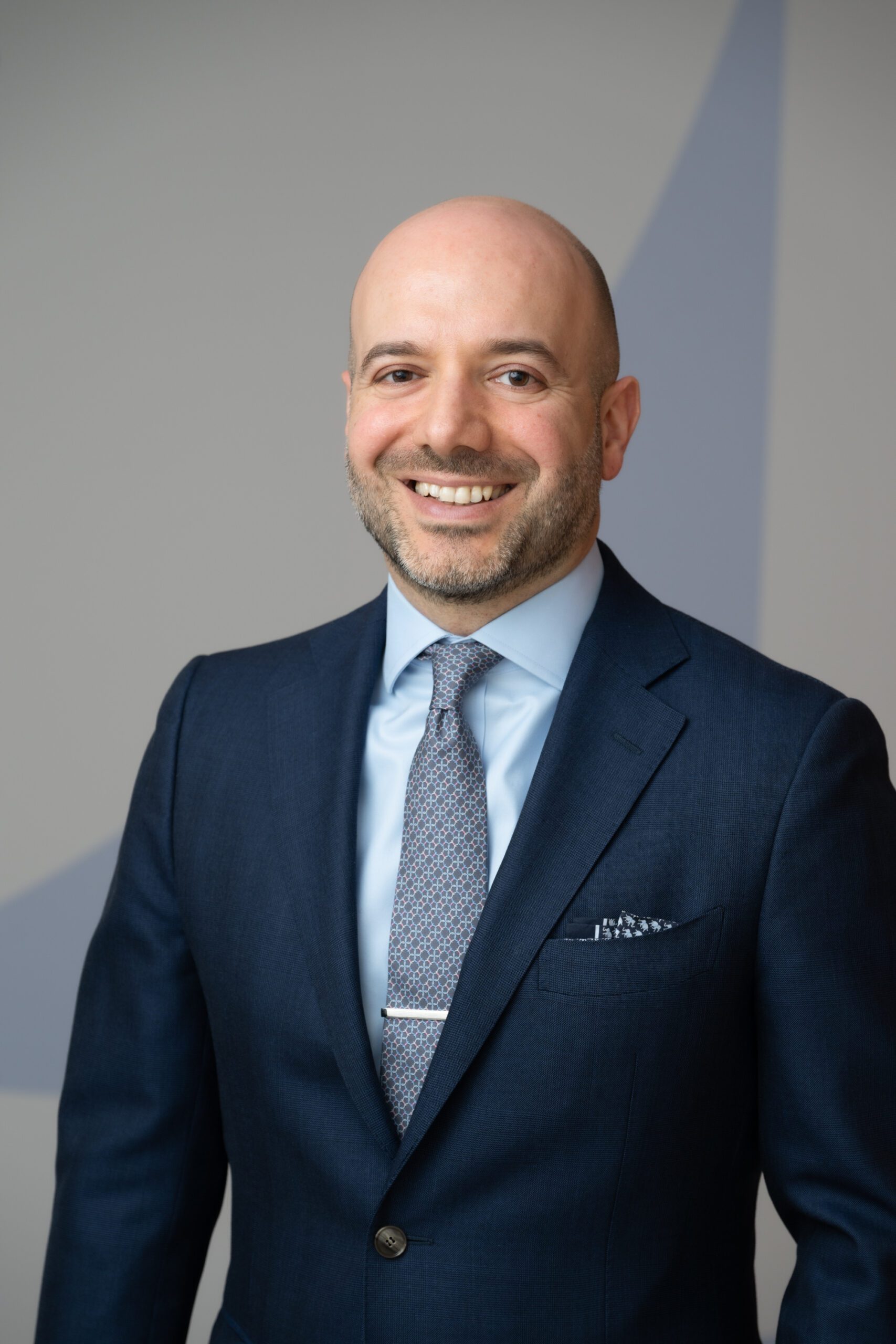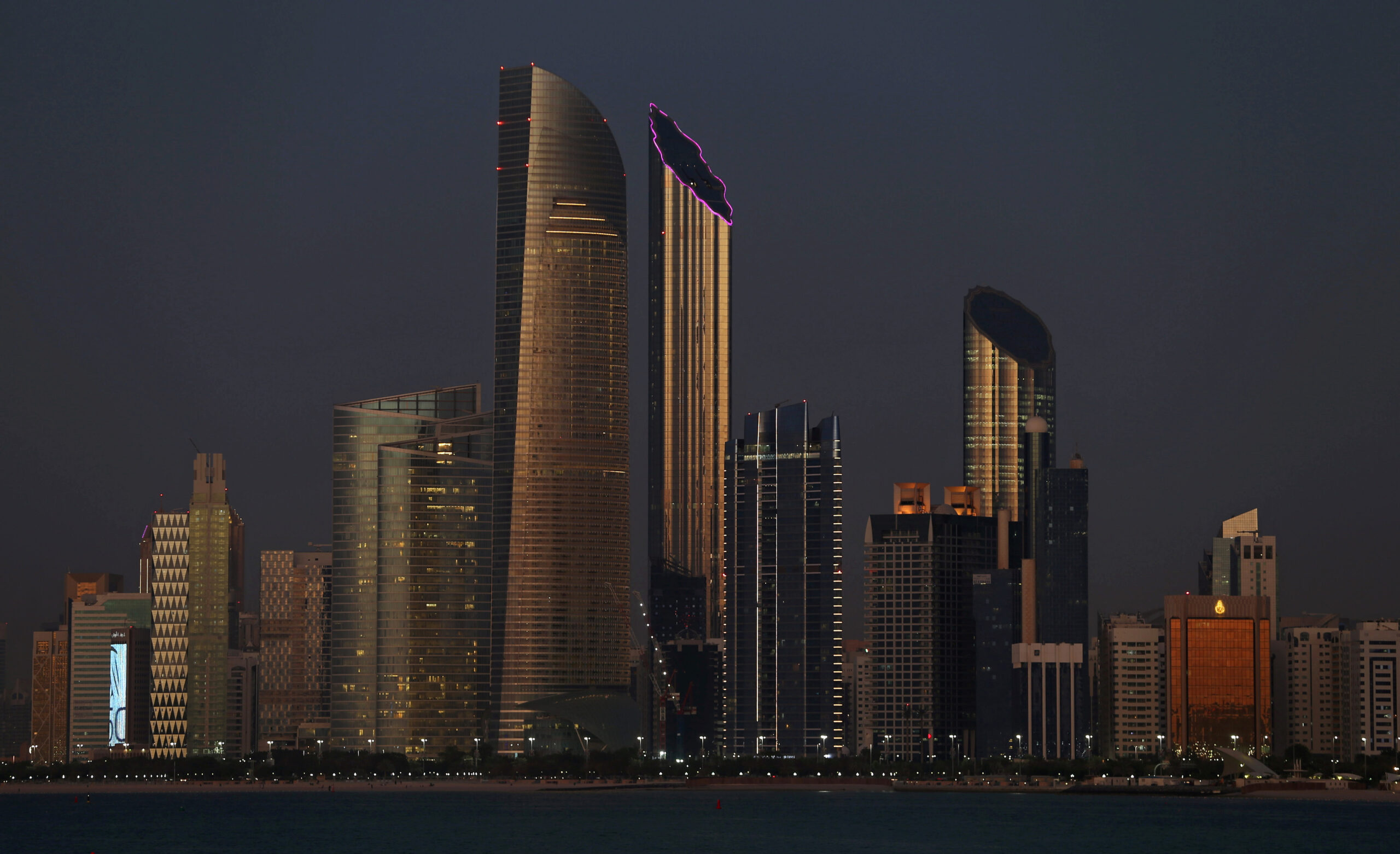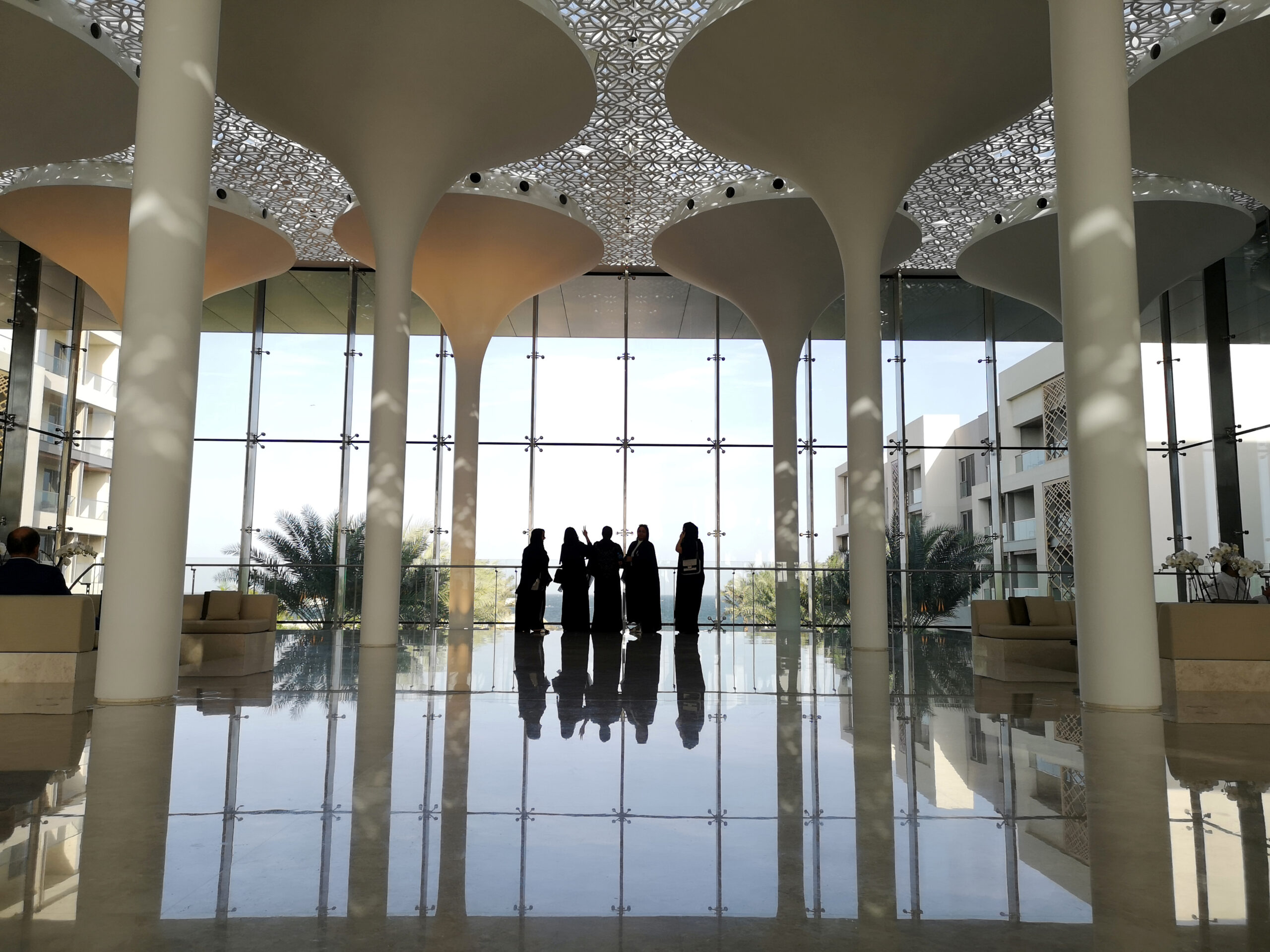Saudi Arabia Strives for a Sustainable Economic Future
A focus on sustainability-oriented economic policies and commercial initiatives in Saudi Arabia will not necessarily advance fiscal sustainability efforts in the kingdom.
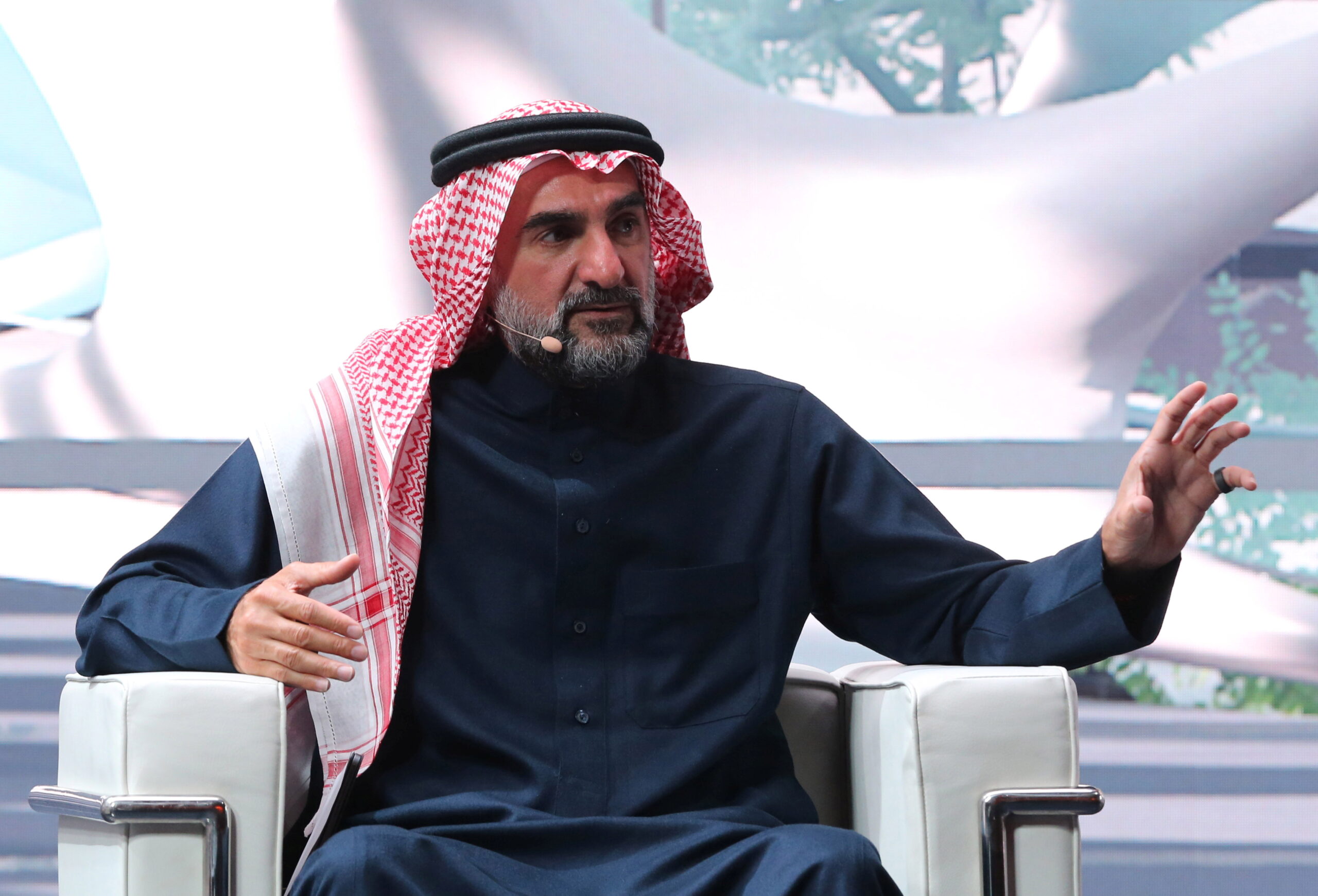
Sustainability is increasingly at the forefront of Saudi Arabia’s economic transformation. In a bid to limit “economic leakage,” the Saudi government plans to cease awarding contracts to foreign firms that do not establish regional headquarters in the country by 2024. Sustainability-oriented development projects dot Saudi Arabia’s geographic and commercial landscapes. Environmental, social, and governance criteria and sustainability were key themes at January’s Future Investment Initiative in Riyadh.
A desire to produce more sustainable economic processes undergirds new commercial regulations, ongoing development projects, and even investment strategies. The feasibility and profitability of these economic policies and activities, however, are less certain. In many cases, it could take years before certain projects even make economic sense. Focusing too much on the long-term sustainability of specific initiatives risks overshadowing the more immediate need for the government to operate in a fiscally sustainable manner.
Headquarters and Incentive Economics
New Saudi economic policies follow a “think globally, act locally,” approach that may yield dividends. On February 15, the Saudi government announced that eligibility to secure government contracts would be linked to the presence of a regional headquarters in Saudi Arabia as of January 1, 2024. The success of the policy ultimately depends on whether global businesses decide that the rewards of participating in the Saudi market outweigh the costs – and any related risks – of enhancing their presence in the country. According to the Saudi minister of investment, Khalid al-Falih, the new policy “will reflect positively in the form of creating thousands of jobs for citizens, transferring expertise, and localizing knowledge,” alongside spawning more investments and enhancing local content.
Ultimately, this decision is a call for dialogue with interested elements of the global business community. The country has struggled to boost declining or low levels of foreign direct investment flows since 2008: Net inflows of FDI to Saudi Arabia registered a mere $4.2 billion in 2018 and $4.6 billion in 2019. Saudi officials are far more likely to negotiate with prospective investors than turn them away.
Concessions will be part of any commercial negotiations. The Saudi government is reportedly working on transforming King Abdullah Financial District into an economic zone with special commercial incentives, such as tax exemptions and lighter labor regulations. Policymakers are also planning the establishment of 20 new economic zones with investor-friendly regulatory environments. Preferential treatment for businesses and investors often involves a tradeoff: reduced tax revenue and less localization over the short run. However, the payoff may be worthwhile over the medium and long term.
Green Economics
Environmental sustainability likewise threads together many of the high-profile development projects under the umbrella of Saudi Vision 2030 and owned by the Public Investment Fund. The Red Sea Development Company aims to “set new standards in sustainable development.” Amaala – a nascent luxury destination on the country’s northwestern coast – describes “a commitment to world-class sustainability,” as an essential component of its brand promise. The latest evolution of the Neom megaproject involves the Line – an over 100 mile-long linear city with “zero cars, zero roads and zero carbon emissions.”
Neom also boasts a $5 billion green hydrogen initiative, reflecting the sustainability push within the energy sector. Widespread adoption of green hydrogen has the potential to provide cleaner fuel for power plants, heavy industry, and vehicles. But this is an expensive gamble: “The high cost of producing the odorless, colorless, flammable gas can be mitigated only by large-scale projects.” In September 2020, Saudi Aramco arranged a pilot export of blue ammonia to Japan. Despite substantial excitement surrounding the potential of solar energy and other renewables in Saudi Arabia, progress on renewable energy development projects has been “unsteady.”
Environmental, social, and governance investments and other sustainability-related topics dominated the panel discussions at Saudi Arabia’s annual Future Investment Initiative conference. Indeed, many U.S. and European investors – and increasingly those in other parts of the world – expect their money managers to adhere to some manner of environmental, social, and governance criteria or principles. This selling point is not lost on the broader financial community in Saudi Arabia.
The conference should not be treated as a guidebook for the Saudi government’s investment strategies, but it does offer a window into the considerations underpinning investment decisions. “There has never been a better opportunity for sustainable impact investing,” said Yasir al-Rumayyan, head of the Public Investment Fund, at the outset of the conference. An important feature of the Public Investment Fund’s sustainable impact investing will be its domestic orientation: The fund plans to inject $40 billion into the country’s economy this year and a comparable amount in 2022.
Sustainable Finances?
While the Saudi government has prioritized sustainable economic processes, there has been less focus on fiscal sustainability, despite it being straightforward to measure and a long-standing policy goal. Saudi Arabia’s $263.9 billion budget for 2021 is about 7% less than estimated spending for 2020, but Saudi officials still expect the 2021 deficit to reach $37.6 billion, around 5% of gross domestic product. If the $40 billion that the Public Investment Fund will invest this year were treated as a capital expenditure, then the nominal 2021 deficit would be comparable to that of 2020. Moody’s Investor Services expects a “substantial erosion” of sovereign wealth fund assets for Saudi Arabia to meet funding requirements.
Government revenue may end the year slightly better than expected, owing to rising oil prices. The International Monetary Fund estimates Saudi Arabia’s fiscal break-even oil price to be approximately $68 per barrel; the OPEC basket crude oil price reached $63.43/bbl on February 18. While higher oil prices provide Saudi officials with some fiscal maneuverability, an outsized reliance on oil prices to balance its budget is precisely what Saudi Arabia aspires to move beyond.
This is the time to further institutionalize the non-oil revenue-generating mechanisms needed for long-term fiscal sustainability. Saudi Arabia has made tangible progress on this front through the implementation of new taxes and other fees. The government also began working on a Sovereign Asset and Liability Management framework in 2020, which may help in managing budget-related and financial risks. Building on this progress is more important than embarking on new projects, especially given the number of nascent projects already in the country’s commercial pipeline.
It would make sense for Saudi Arabia’s sustainability focus to prioritize sustainable spending. Expensive, sustainability-focused projects should not form the crux of the country’s economic future but rather serve as an added bonus.
The views represented herein are the author's or speaker's own and do not necessarily reflect the views of AGSI, its staff, or its board of directors.
